|
Educational Communities benefit from working together to make the school a better place. Here is an interdisciplinary project proposal that involves school teachers, students, and parents all working together to achieve an end goal.
2 Comments
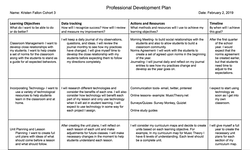 Many districts and schools require teachers to create annual professional development plans to guide their professional learning. Above is my own plan that I developed based on my student teaching clinical experience. Creating a personal development plan allows teachers to target areas where they need to improve and to develop a plan for growth. Most novice teachers cite classroom management as their number one concern. Developing a positive learning environment, establishing and promoting high expectations, creating norms and procedures, and managing student behavior are all essential components of a classroom atmosphere that promote student (and teacher) success. - Teach-NowThe first step to lesson planning is to develop a curriculum map. I have chosen Elementary English Grade 2. Next is to create a Unit Plan. The Unit Plan consists of multiple lessons to cover one topic or standard. Only after developing the curriculum map and unit plan can you begin to create your lesson plan.
I currently work 1-1 with students so I am able to have a conversation with each student at the first lesson that includes discussing goals and expectations, prior knowledge, and understanding of the curriculum.
For a full classroom situation, presenting a survey would be a good way to gather this information for a pre-assessment. There are open ended questions, and multiple choice. With this knowledge, I could group students by their knowledge of the subject and their interests.
This Pre-Assessment Diagram shows how I would differentiate strategies and assessments based on the following three groupings:
For tracking student progress, I currently use a curriculum map for each individual student. As students accomplish a task from a learning objective, they get a sticker for that task. Once a student has collected all, or most stickers for his or her level, then I move on to the next level. You can see my curriculum maps on my studio website
For the full classroom, I can still use a curriculum map. It has been modified for General Music Education. Also, plan to group students by their general knowledge and track the group's progress rather than tracking each individual student.
Project Objective: Collaborate with group members to gather information, utilize math skills (addition, subtraction, multiplication), and create a final project board. Common Core Standards: California Writing Standard- Research to Build and Present Knowledge: Recall information from experiences or gather information from provided sources to answer a question. Conduct short research projects that build knowledge about a topic. Speaking and Listening Standard- Comprehension and Collaboration: Engage effectively in a range of collaborative discussions (one-on-one, in groups, and teacher led) with diverse partners on grade 3 topics and texts, building on others’ ideas and expressing their own clearly. Ask and answer questions about information from a speaker, offering appropriate elaboration and detail. Speaking and Listening Standard- Presentation of Knowledge and Ideas: Report on a topic with appropriate facts and relevant, descriptive details, speaking clearly at an understandable pace. Language Standards- Conventions of Standard English: Demonstrate command of the conventions of standard English grammar and usage when speaking. Math Standards- Operations and Algebraic Thinking: Represent and solve problems involving addition, subtraction and multiplication. Math Standards- Measurement and Data: Work with time and money. Represent and interpret data. Math Standards- Number and Operations in Base Ten: Understand place value. Project Description: This project follows a section on purchasing items and calculating costs. Tax has not been yet presented, so it is not included in this project. Students work in groups to collect pricing info, make buying decisions, add up costs, and present a finished project board. The project will take about 4 hours to complete. One hour each Monday-Thursday and Friday will be project presentation day. While students all have their specific jobs, all group mates may help with each section of the project. Day 1: Research The groups search for prices of different items on the computer, through newspaper and magazine clippings, and through grocery receipts. The researcher role takes notes, saves pictures and ensures the group has collected enough data to be over 1 million dollars. Day 2: Buying The group works together to make purchasing decisions based on the data they collected the day before. The accountant role comes up with a total purchase price that must be as close to 1 million dollars as possible, but not over. Day 3: Compiling Receipt The accountant, with the help of the group, creates a list of every purchased item making sure that each item is accounted for. Addition, Subtraction, and Multiplication will be used. Once the list is complete, the accountant will print the list for presentation. Day 4: Project Board Creation The artist, with the help of the group, will take a look at the list of items purchased and find pictures to post on the project board. The project board will end up looking like a collage with all items and prices included. Day 5: Presentation Day The groups will present both the project board and their receipt to the class. After presentation they will answer questions from classmates and the teacher. Student Roles: Students are separated into groups of 3 All group mates: Discuss together which items they should buy to reach 1 million dollars. The researcher: Collects data about the expense of items. For example, looking up houses on Zillow that are for sale, looking through newspaper clippings or magazines for prices, looking at items on Amazon. The researcher must find OVER 1 million dollars worth of items The accountant: Keeps track of money “spent”. The main goal is to make sure the group gets as close to 1 million dollars as possible without going over. Tax is not going to be included in this project. The accountant also compiles the list of items to present to the rest of the class. The artist: Creates a finished project board that shows the items that have been “purchased” to reach 1 million dollars. Evaluation: Participation Grade - 30%: Presentation Grade - 30% Math Grade - 40% Plan to monitor the student project: -Walk around the room to observe group work. -Ask groups questions about their critical thinking(What kind of purchases are you considering?) and collaboration (What role is each group member taking?) -Request a verbal summary of project accomplishments after each day of project work from each group. -Have kids do a self assessment after each day of project work. -Complete formative assessments throughout the project. Plan to provide intermediate and final feedback to students:
Bibliography: The California Department of Education. (2013). Common Core State Standards California Mathematics [Ebook]. Retrieved from https://www.cde.ca.gov/be/st/ss/documents/ccssmathstandardaug2013.pdf The California Department of Education. (2013). Common Core State Standards California English Language Arts & Literacy in History/ Social Studies, Science, and Technical Subjects [Ebook]. Retrieved from https://www.cde.ca.gov/be/st/ss/documents/finalelaccssstandards.pdf |
Details
AuthorKristen Fallon: Student, Teacher, Musician, Fun loving person! Archives
March 2019
Categories |
||||||
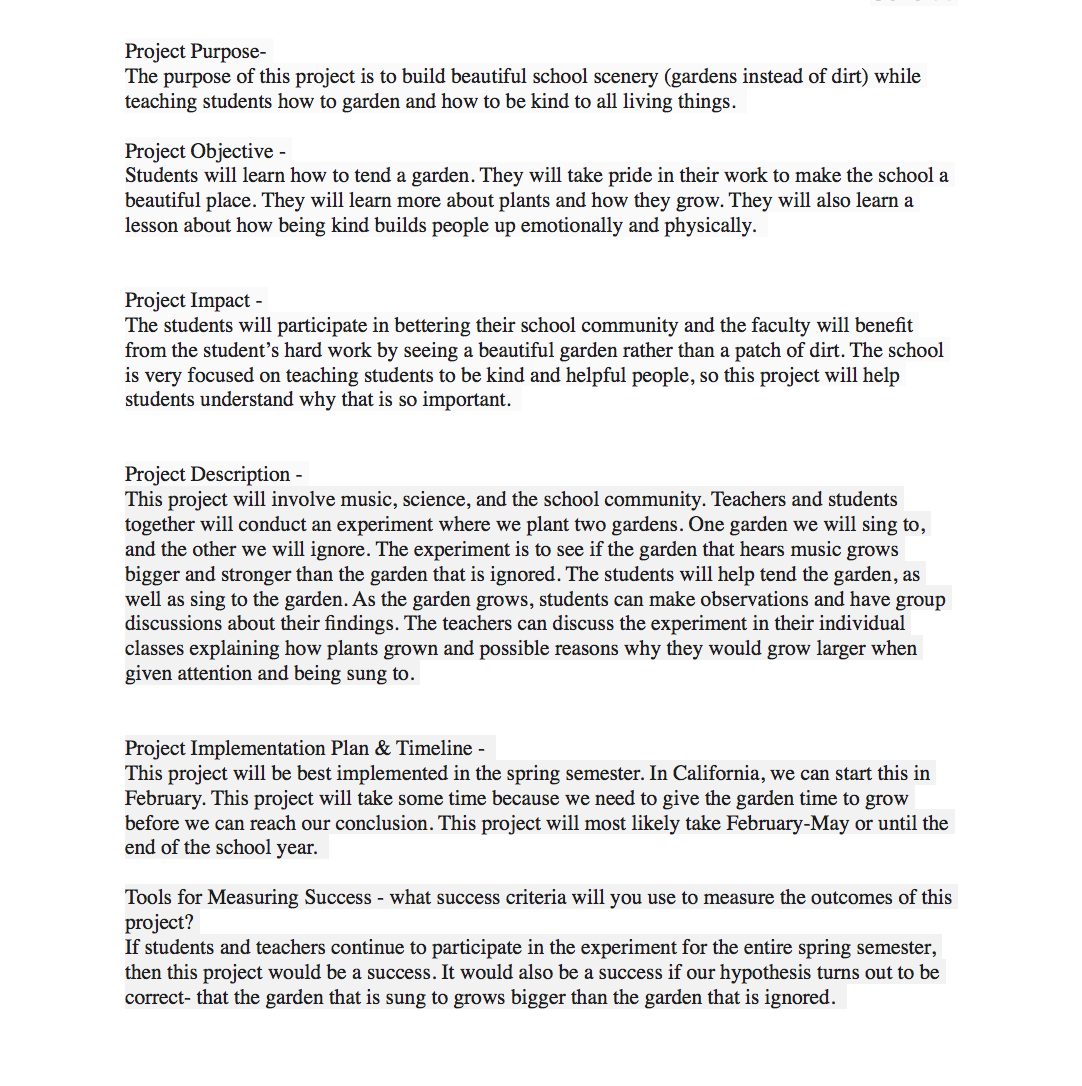
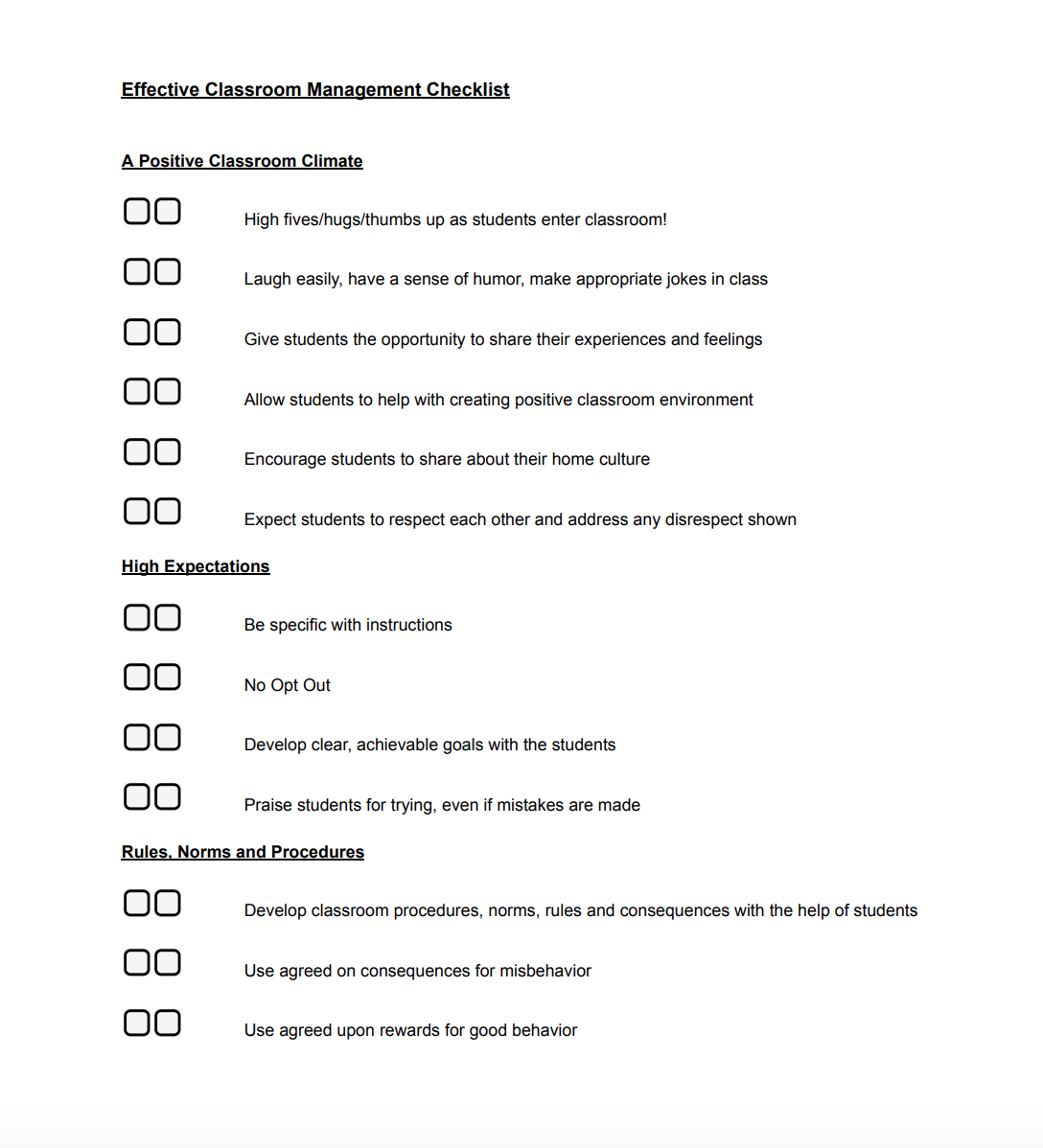
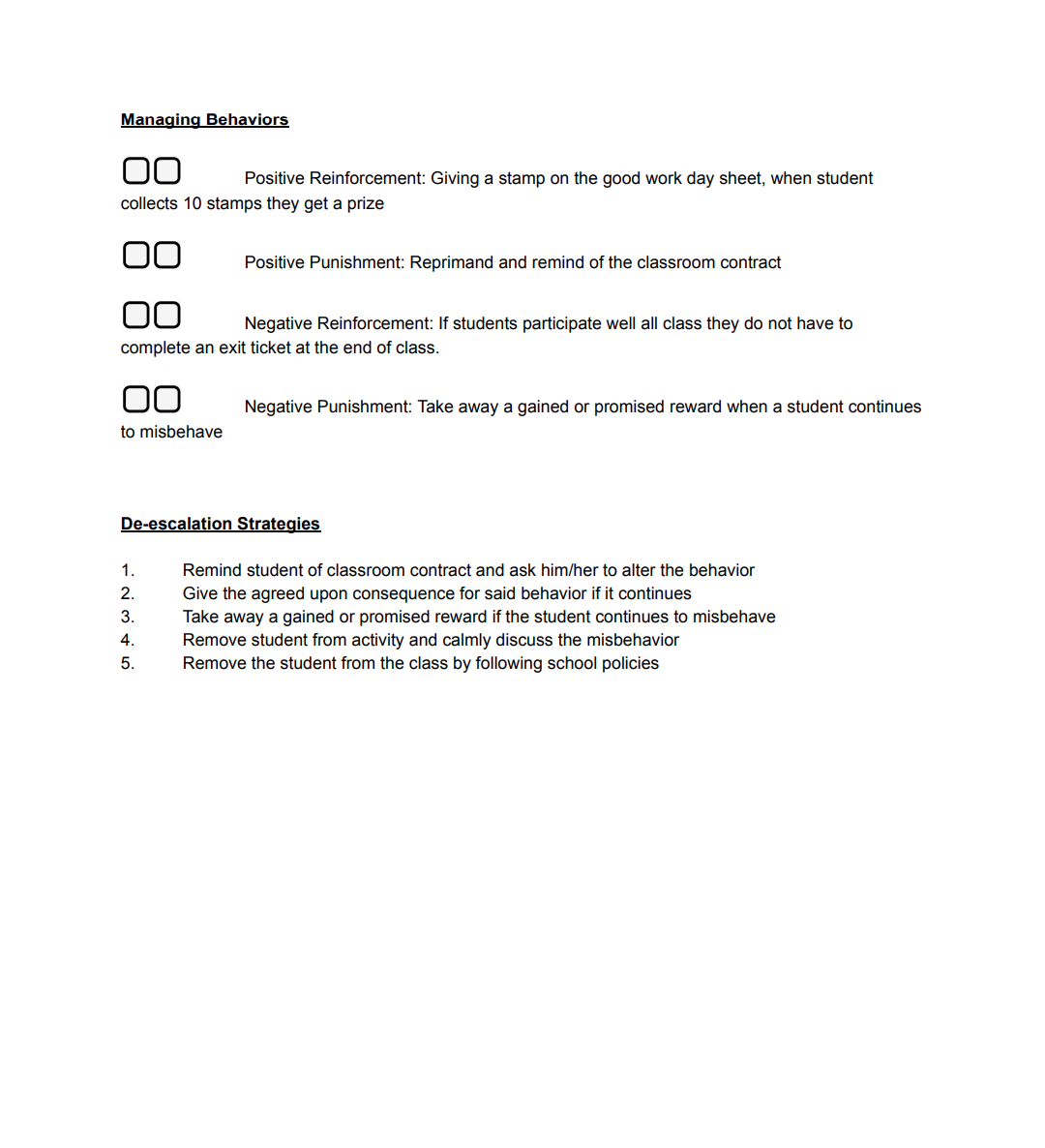
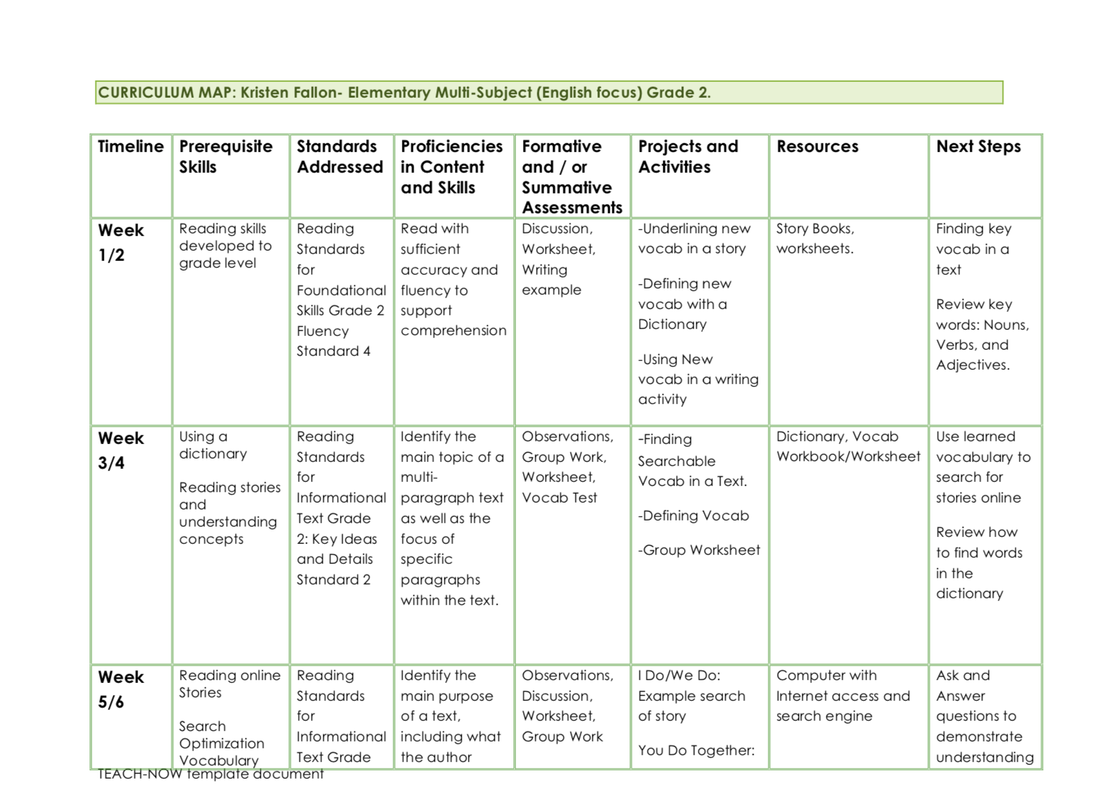
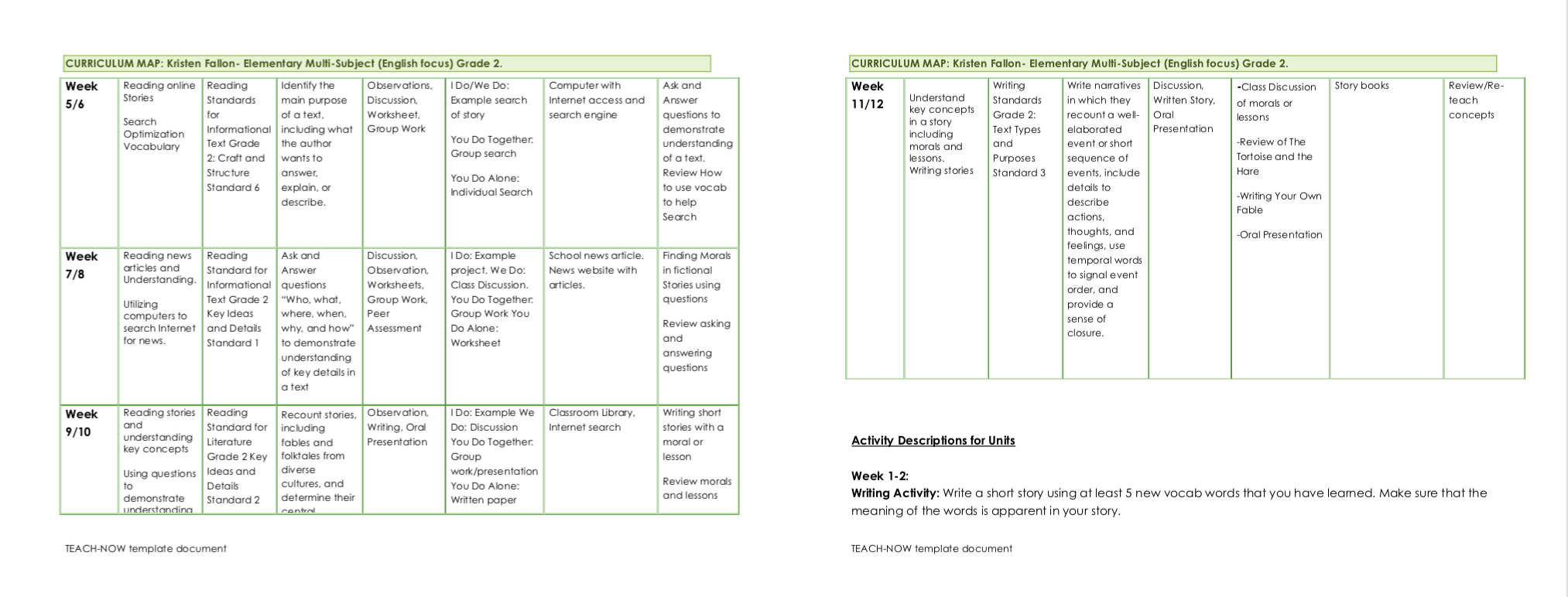
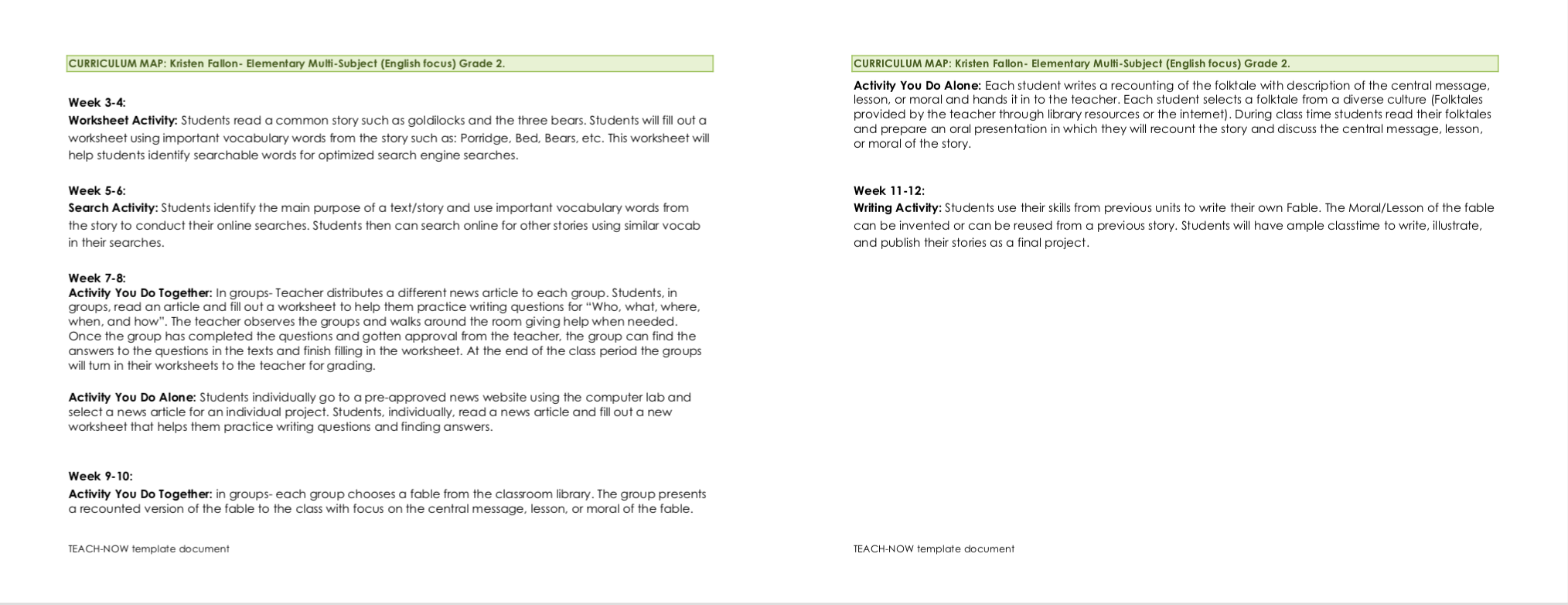
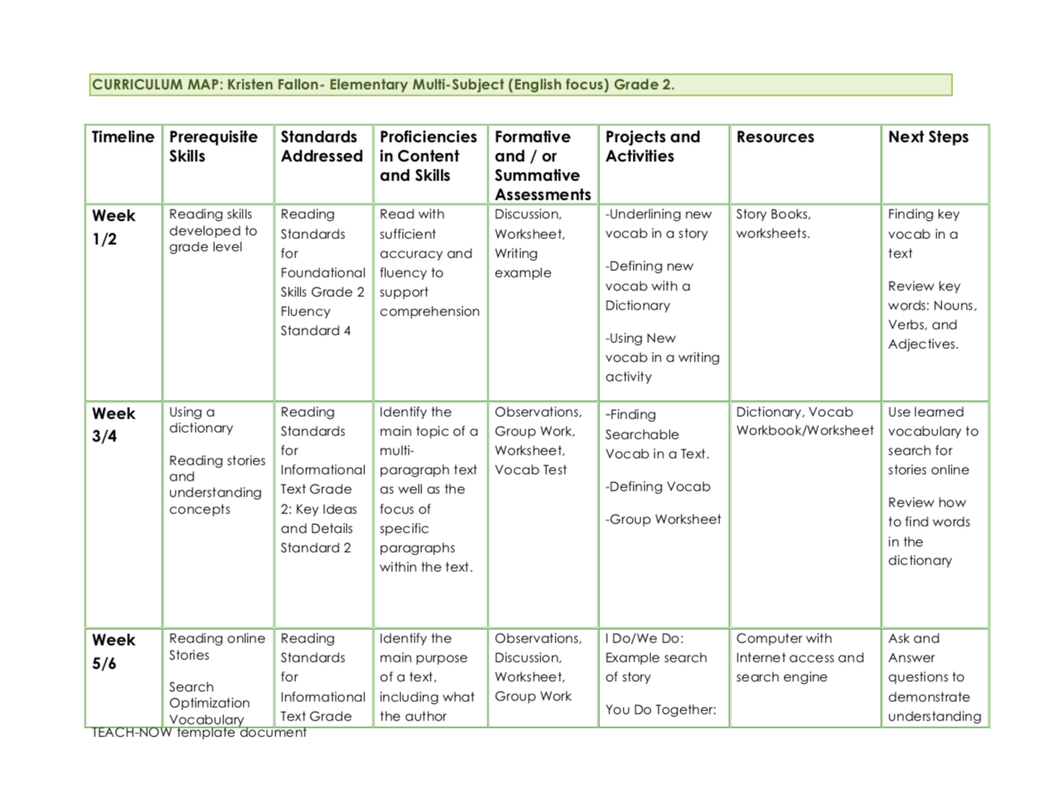
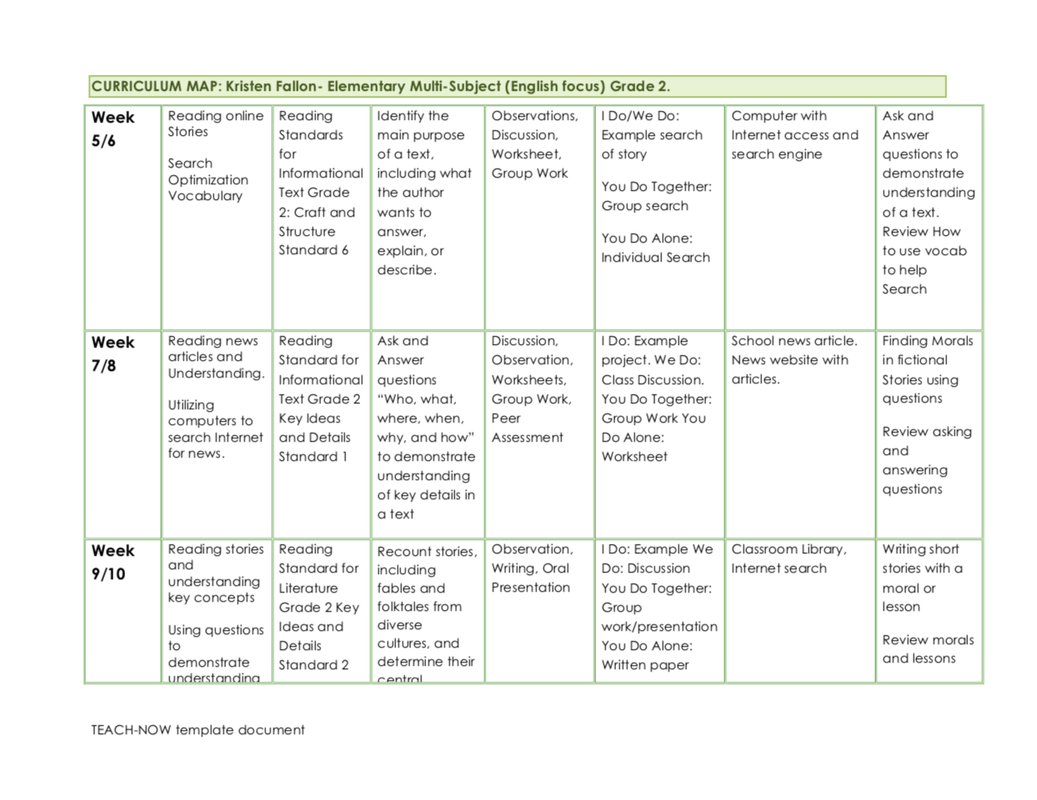
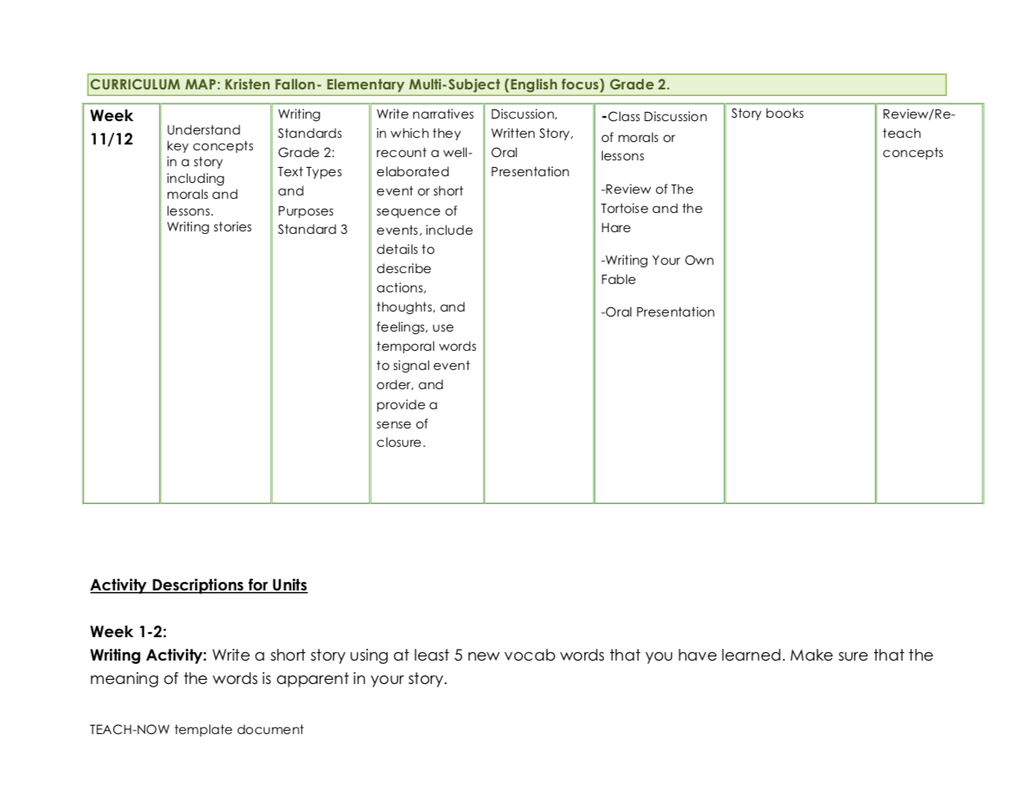
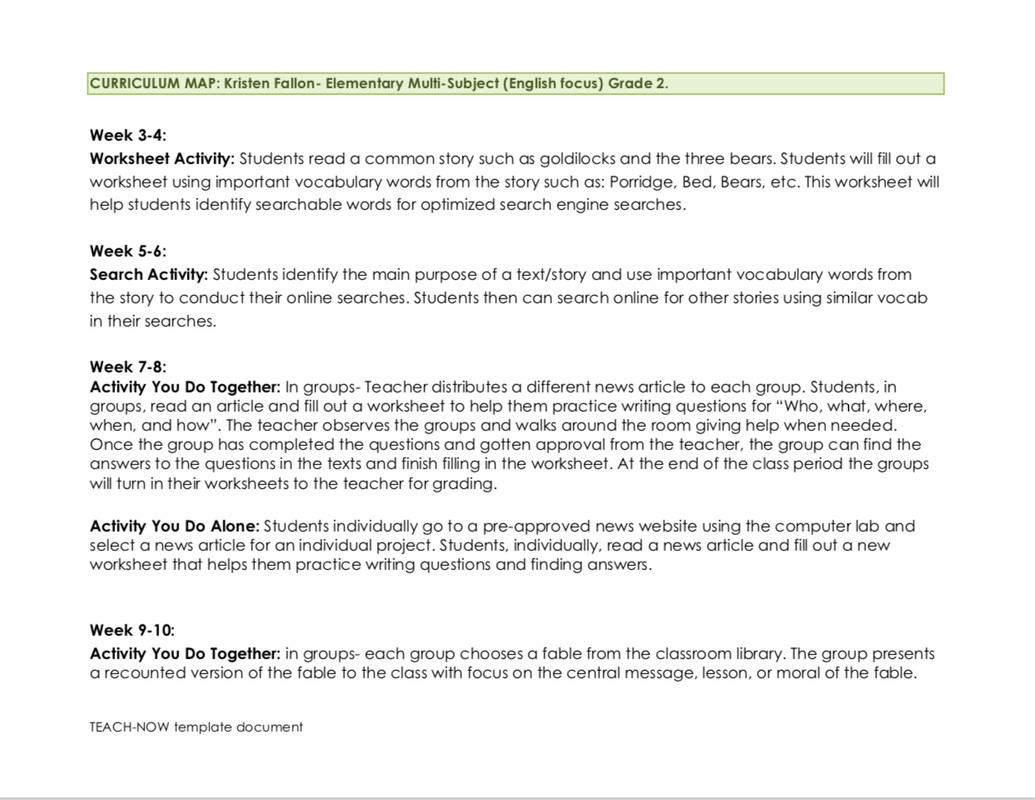
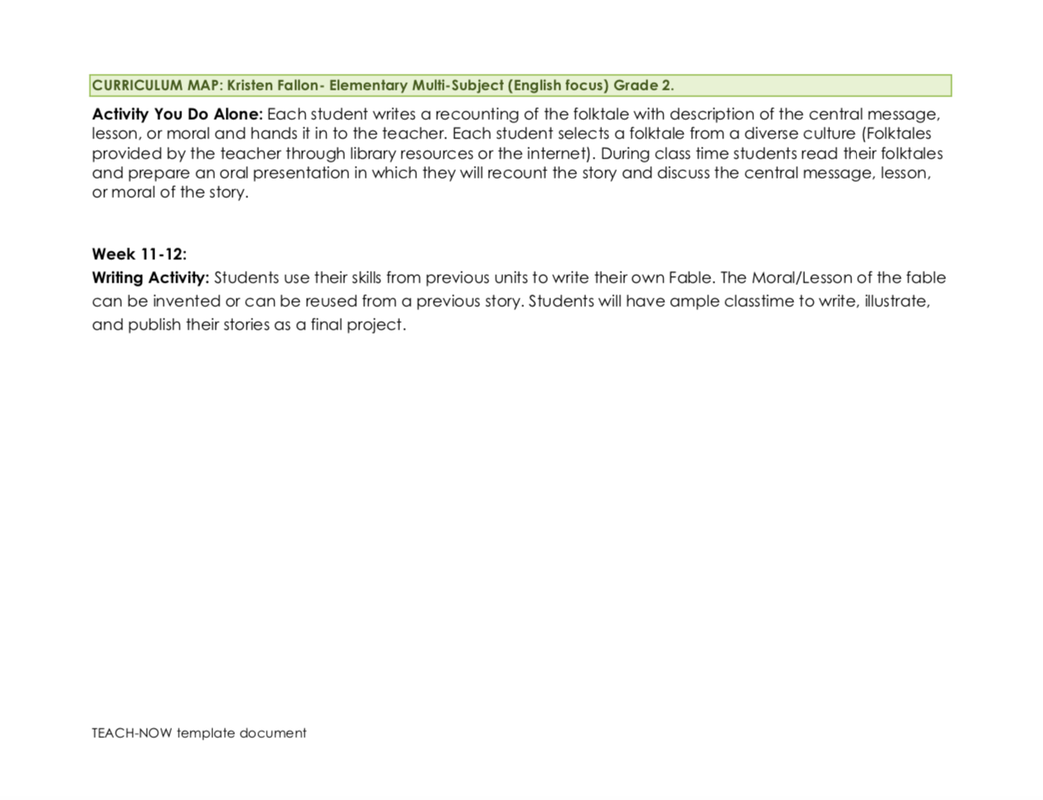
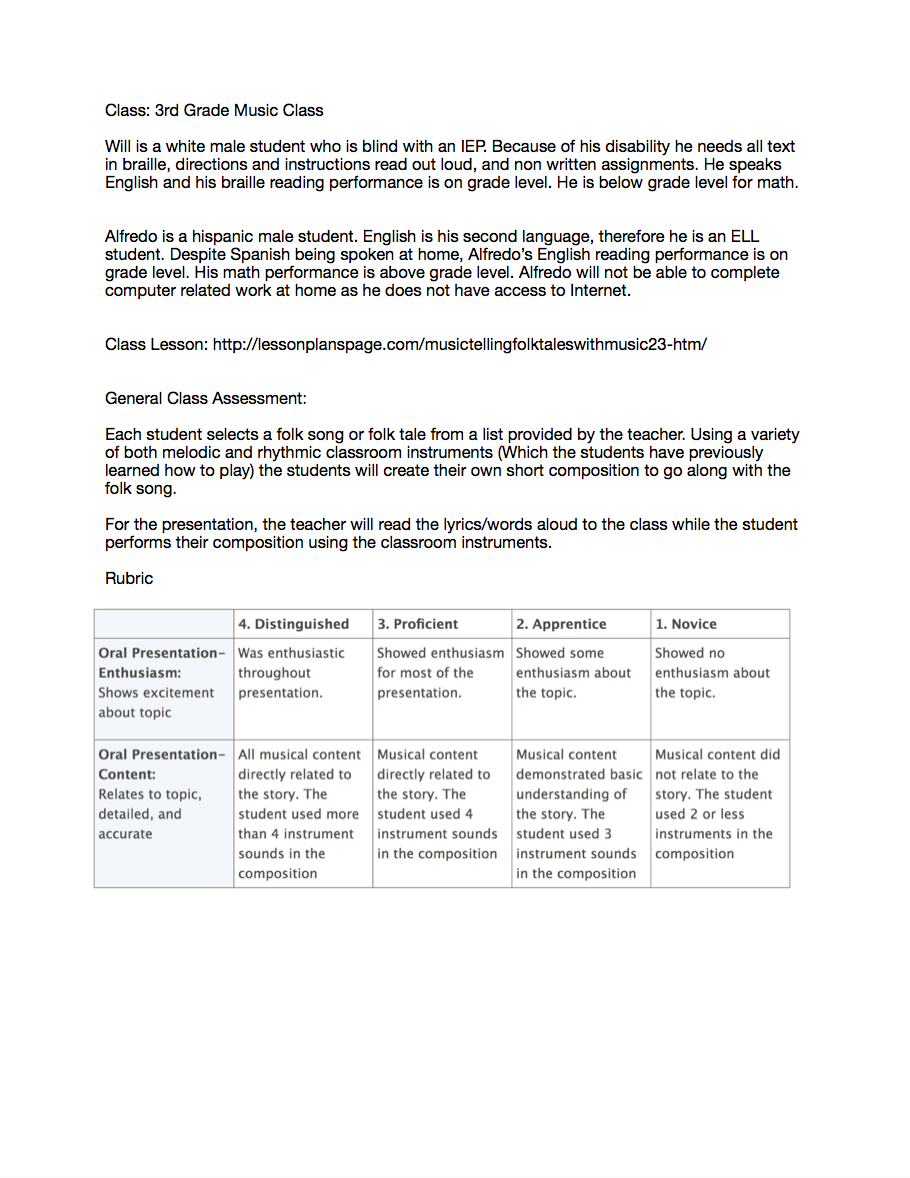
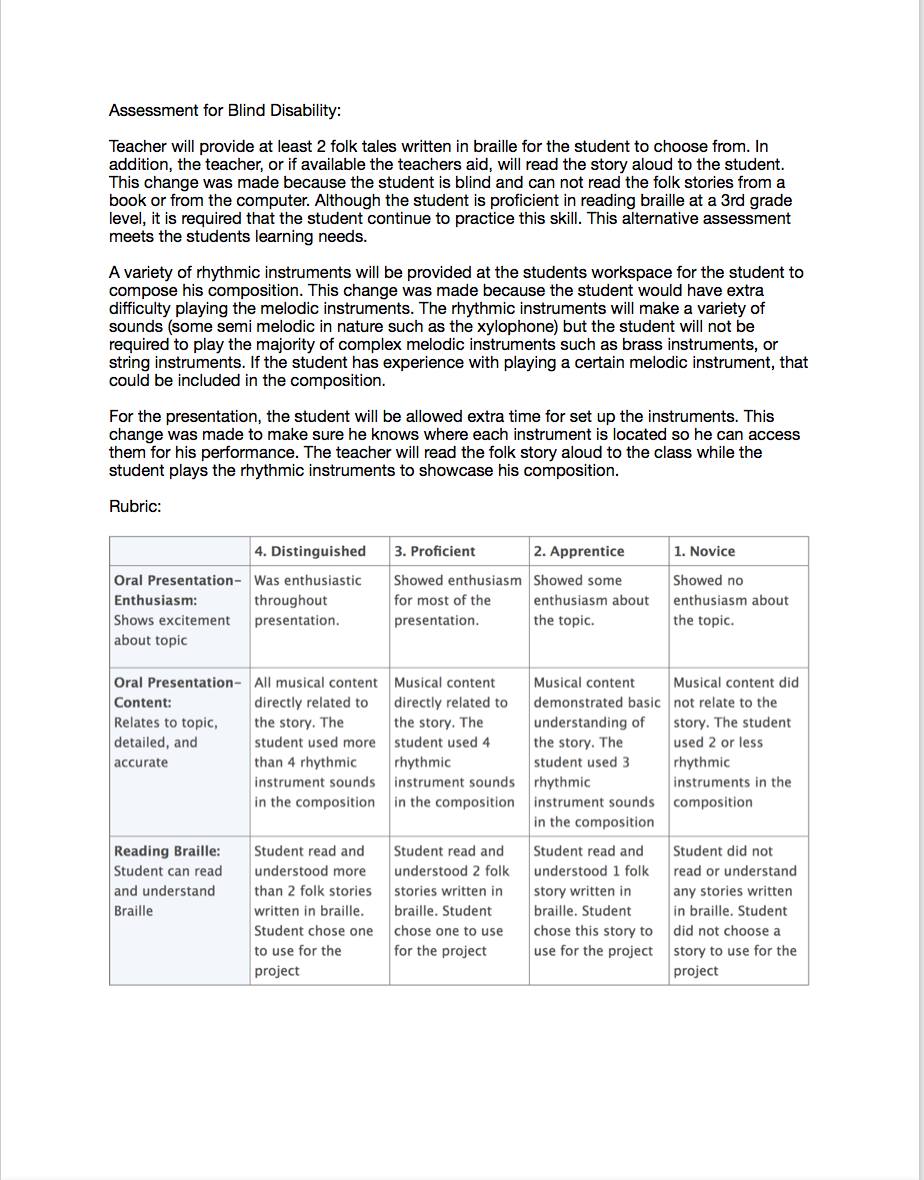
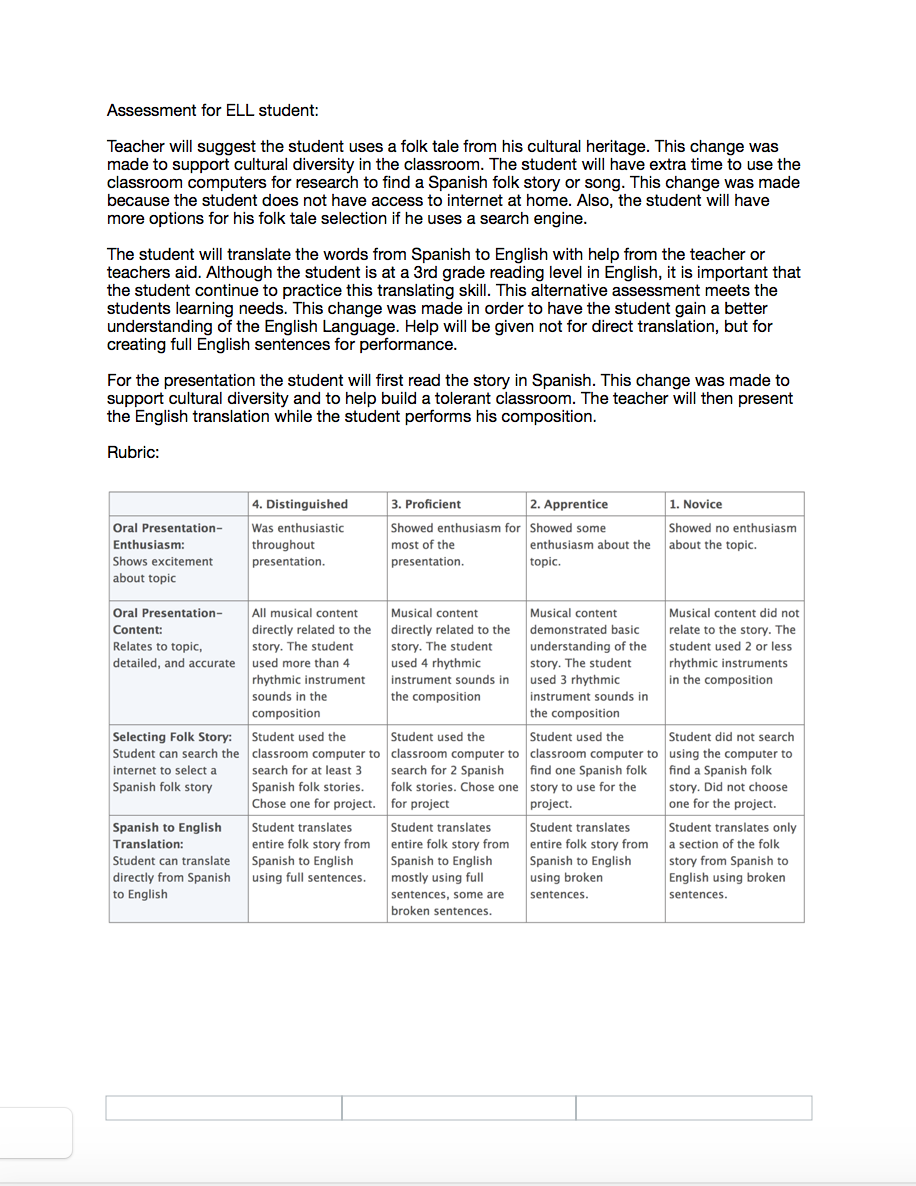
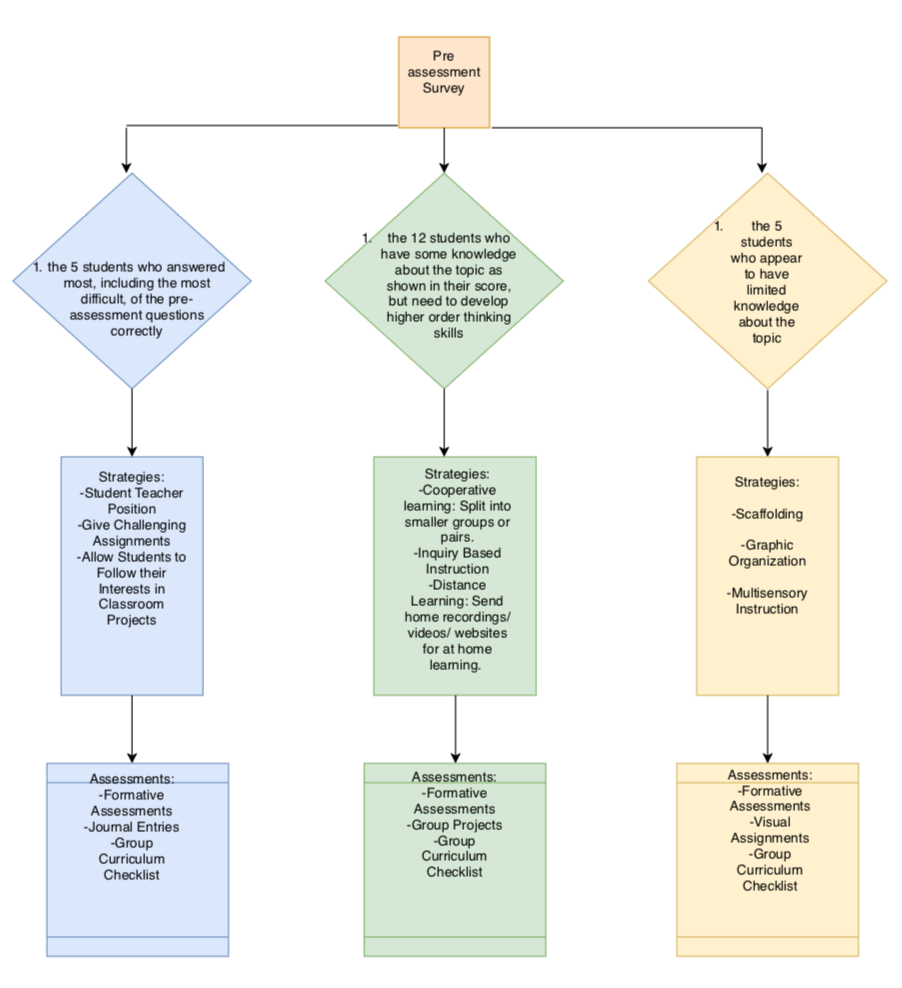
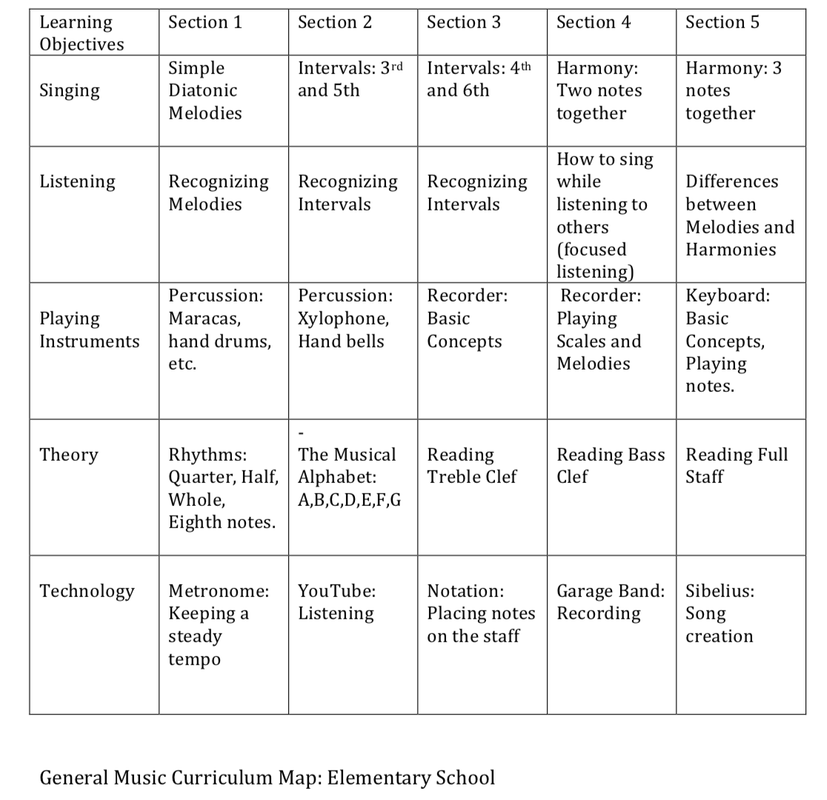
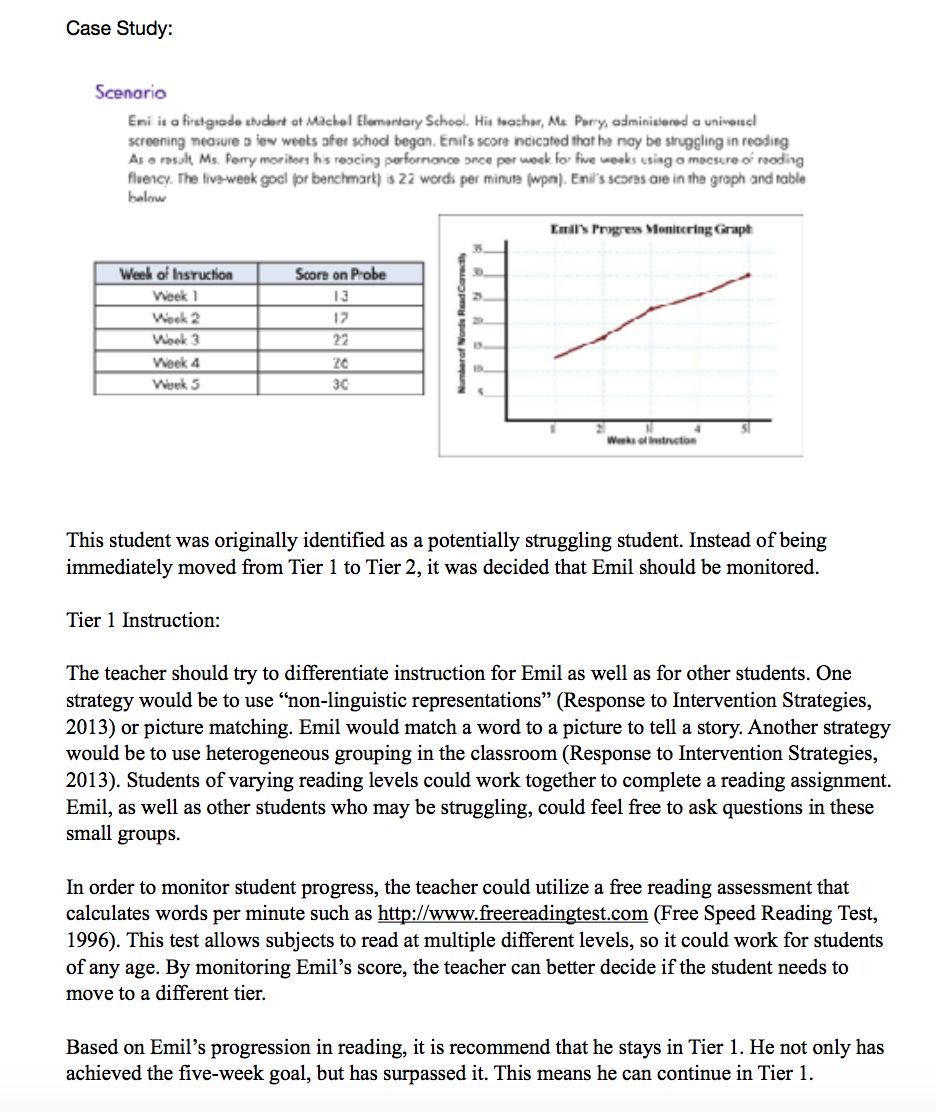
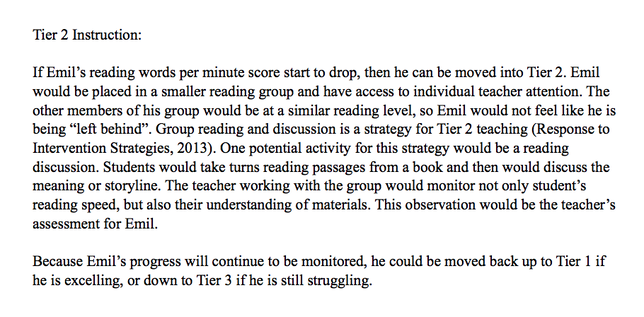
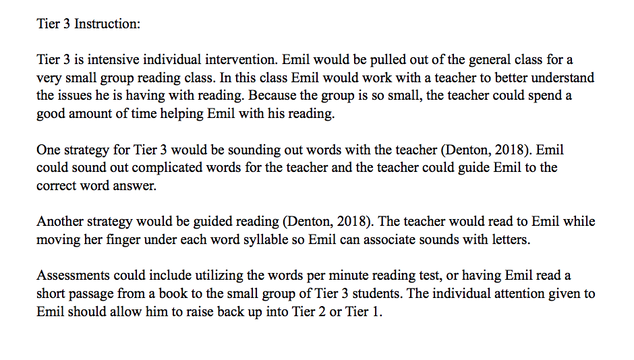
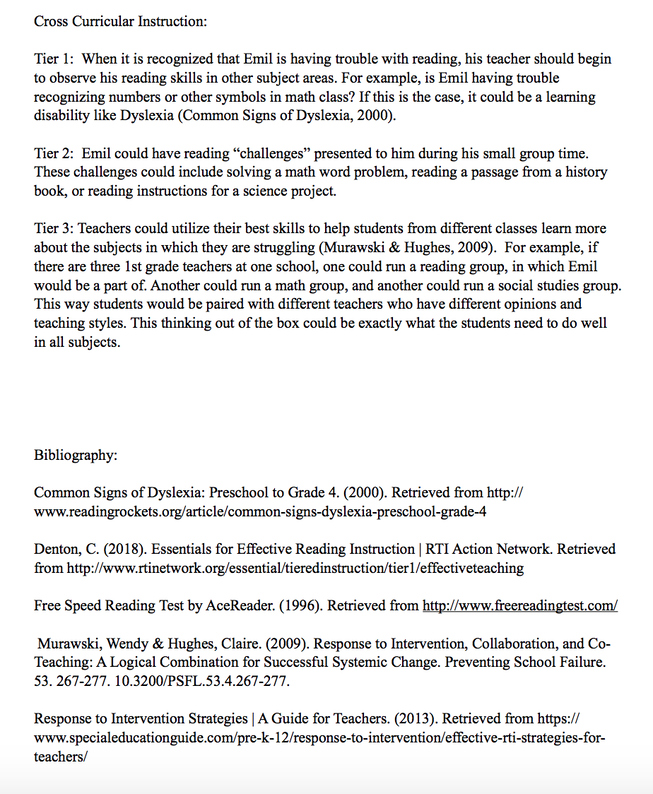
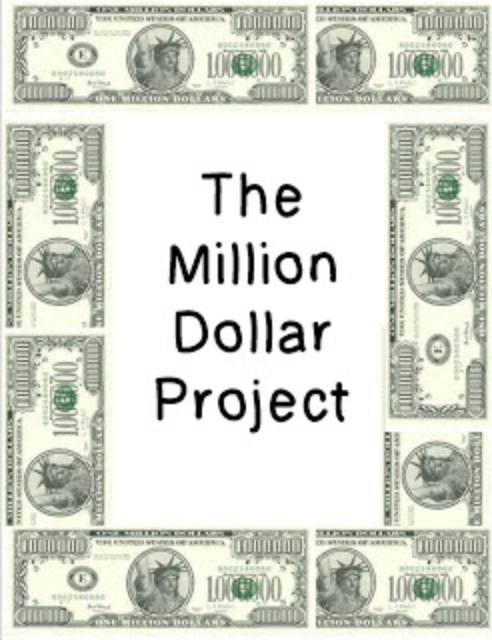
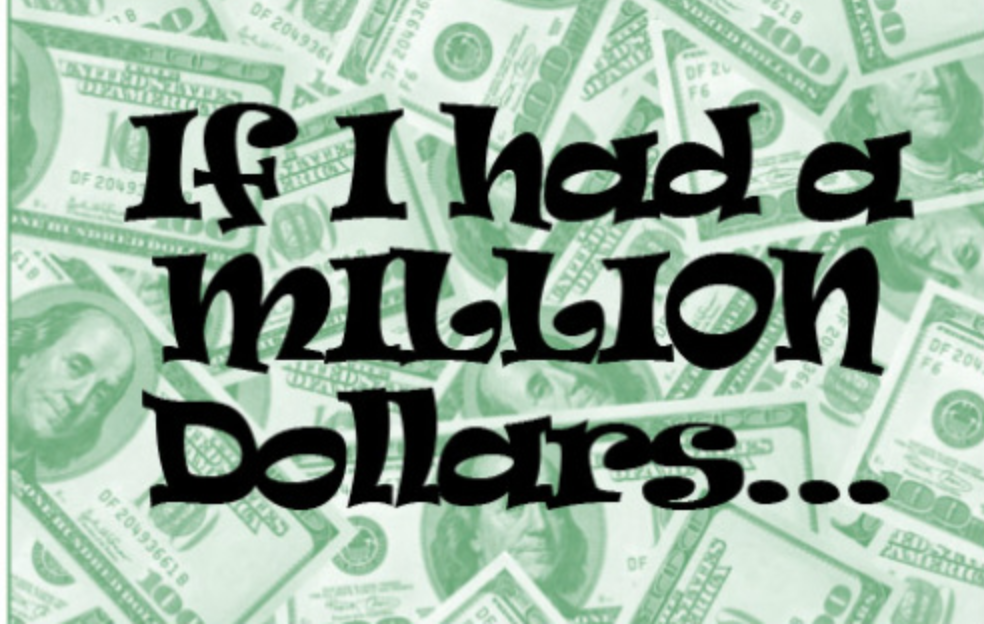
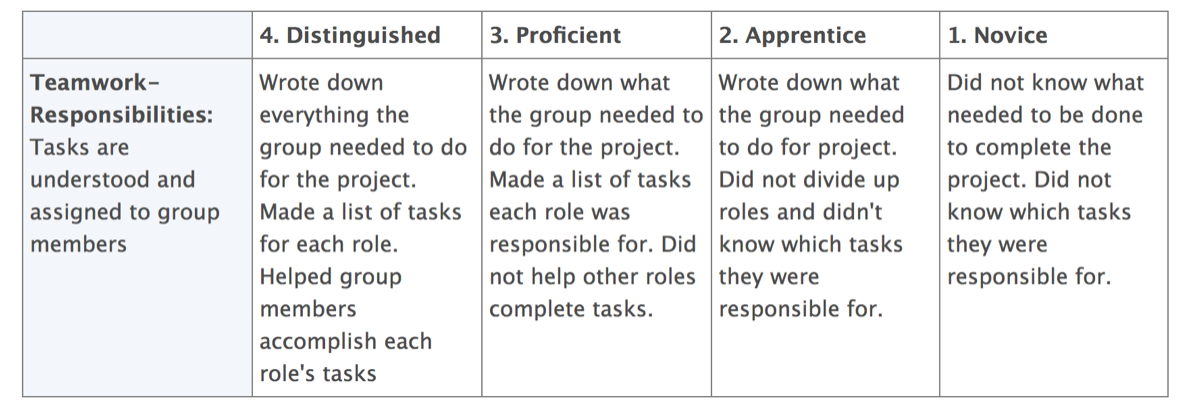
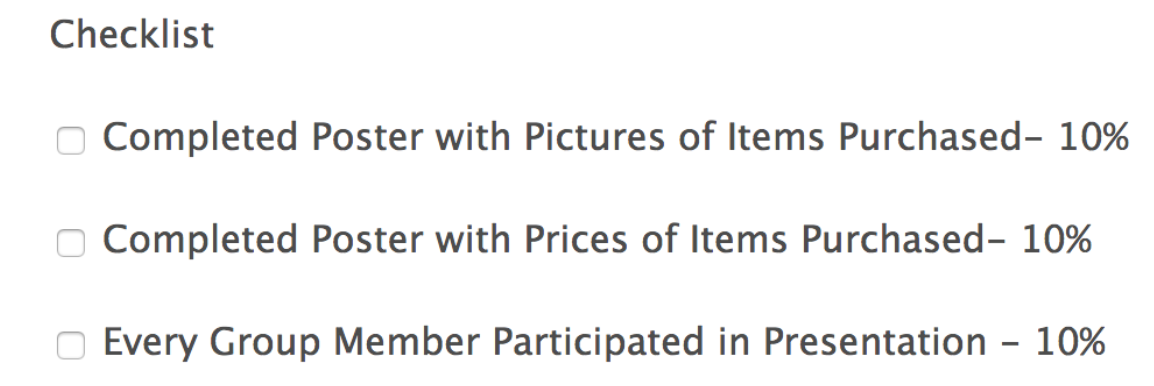
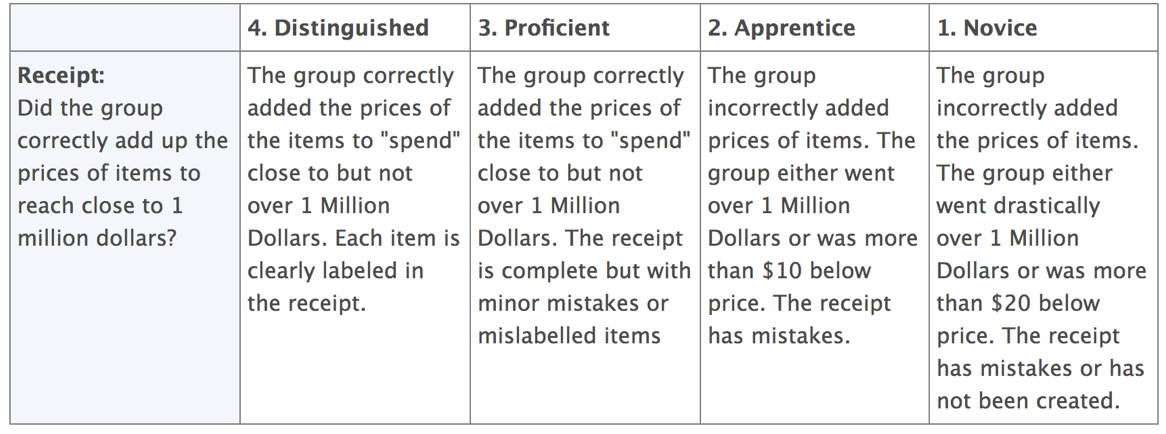
 RSS Feed
RSS Feed
